This blog post is part of our Private Sector Global Health R&D project, which features published papers on private sector investment, health governance, rate of return, and lessons learned from academic research.
For-profit corporations invest considerable sums of money in global health R&D to support vaccine and drug development. According to our recent analysis, pharmaceutical firms devote nearly $157 billion annually on global health R&D, but only $5.6 billion focuses on the developing world and just $471 million emphasizes neglected tropical diseases. That figure falls below the amount needed to improve public health and care for patients in low- and middle-income nations.
To discuss ways to improve private investment in global health drugs and vaccines, we convened a roundtable of high-level health professionals and practitioners representing businesses, academia, non-governmental organizations, advocacy groups, and foundations. The discussion addressed numerous global health R&D topics ranging from private sector investment barriers and improving regulatory processes to the need for greater systematic data and new technologies for reducing drug development costs. Here are some of the key takeaways from the discussion:
1. Lower barriers to investment
The barriers to private sector investment in global health R&D include limited markets for neglected tropical diseases, the costs of drug development, geopolitical risks in the developing world, governance challenges, the limits of scientific discovery, and a lack of data on investment options.
2. Increase legal flexibility
In thinking about ways to increase investment, increasing legal flexibility can accommodate increased innovation. For example, some developing nations have adopted expedited regulatory reviews of new drugs and vaccines that shorten the time between drug discovery and commercial availability. Shorter approval processes reduce development costs and encourage greater investment.
3. More systematic and transparent data
Another concern raised was the need for more systematic and transparent data regarding drug development costs and investment returns. It is difficult to compile proprietary data on development expenses, and it is difficult to assess the rate of return on investments in neglected tropical diseases with little publicly available information. With greater transparency, private investors could easily assess risks and determine the possible benefit to investment in global health R&D.
4. Lower cost structures
China, India, South Africa, and Brazil are spurring investment through lower cost structures that reduce drug development expenses. They offer hope to speeding drug development cycles and reducing costs in the process.
5. Accelerate scientific discovery
Anticipated advances in artificial intelligence and synthetic biology might accelerate scientific discovery and drug development. Identifying new compounds and evaluating possible combinations is a long and laborious process, but AI promises to analyze the efficacy and effectiveness of chemical compounds more quickly.
Overall, a number of participants cited the medical benefits from increased funding for global health R&D. More public and philanthropic funding to increase basic research is needed, given that subsidizing private investment to increase long-term returns only succeeds in some isolated cases.
Many discussants felt that current attempts at funding in global health R&D are insufficient. Novel proposals would advance medical care in the developing world and help treat patients with diseases such as HIV, malaria, tuberculosis, and neglected tropical diseases.
The Brookings Institution is committed to quality, independence, and impact.
We are supported by a diverse array of funders. In line with our values and policies, each Brookings publication represents the sole views of its author(s).

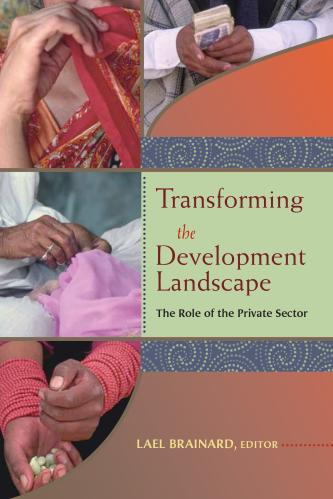
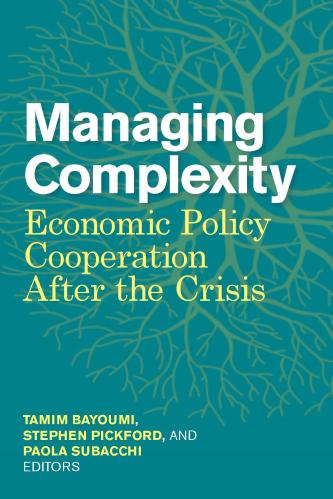

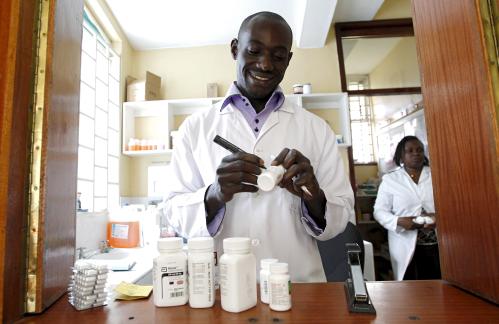
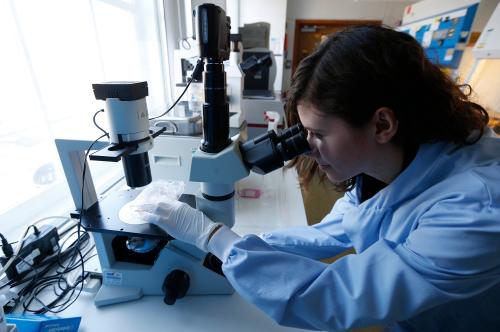
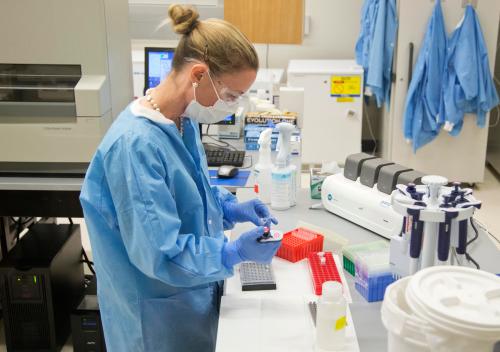





Commentary
Five ways to improve private investment in global health R&D
March 28, 2018